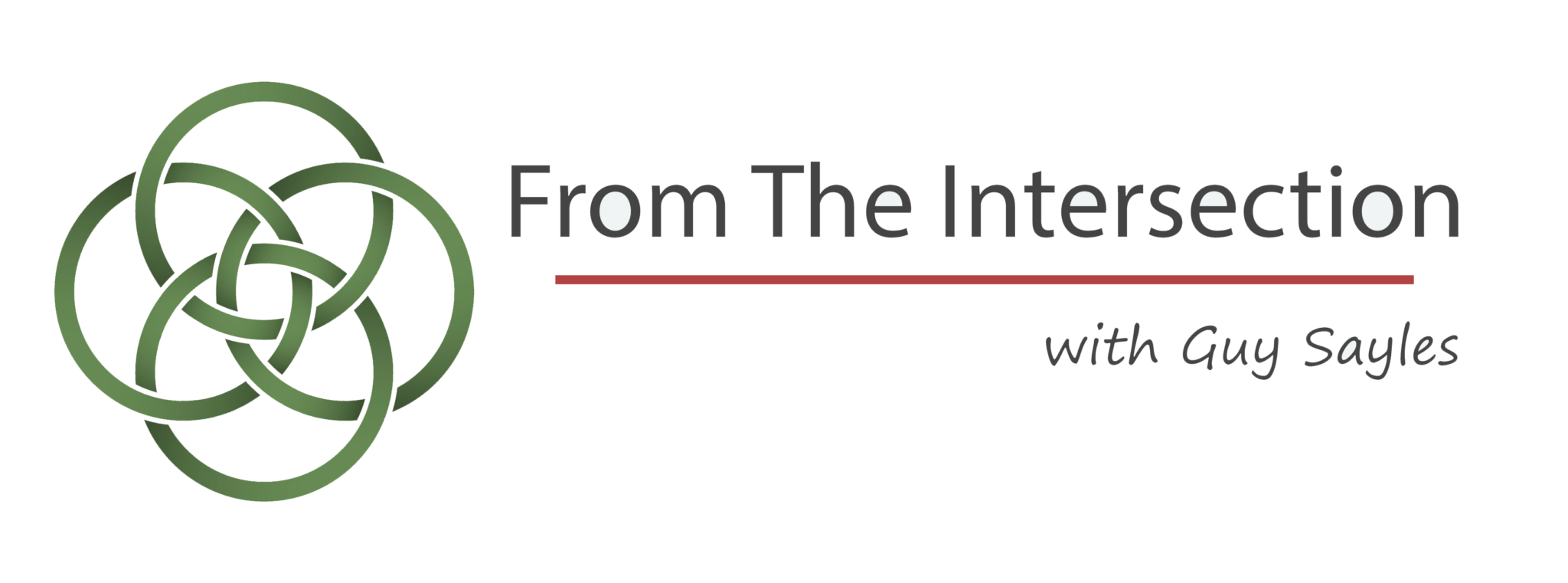Writer
Sue Monk Kidd grew up among Baptists in the south and, like most of the rest of
us who did, she learned to pay very little attention to Mary, the mother of
Jesus. Kidd says that she was “virtually unaware
of Mary, except at Christmas, when she turned up life-sized in the outdoor
nativity scene beside the church, wearing a sky-blue scarf and kneeling over
the manger.” One year, the nativity scene
caught on fire; and, Kidd writes, “our minister dashed in to save baby Jesus
and left his mother behind, a story that was retold at the dinner table for
years.” She went on to say that the
actual Mary was nearly that expendable for her fellow-Baptists and that, like
them, she “”acquired the habit of slighting her. Of leaving her behind.” (Sue Monk Kidd and Ann Kidd, Taylor, Traveling with Pomegranates, 48).
Sue Monk Kidd grew up among Baptists in the south and, like most of the rest of
us who did, she learned to pay very little attention to Mary, the mother of
Jesus. Kidd says that she was “virtually unaware
of Mary, except at Christmas, when she turned up life-sized in the outdoor
nativity scene beside the church, wearing a sky-blue scarf and kneeling over
the manger.” One year, the nativity scene
caught on fire; and, Kidd writes, “our minister dashed in to save baby Jesus
and left his mother behind, a story that was retold at the dinner table for
years.” She went on to say that the
actual Mary was nearly that expendable for her fellow-Baptists and that, like
them, she “”acquired the habit of slighting her. Of leaving her behind.” (Sue Monk Kidd and Ann Kidd, Taylor, Traveling with Pomegranates, 48).
I, too, rarely heard about Mary in the
church of my childhood. In our Christmas
pageants, she was dressed in a bathrobe, held a baby (usually a baby doll), and said not a mumbling
word. About the only thing I heard about
her had to do with the Virgin Birth, which some grown-ups treated as a
gynecological puzzle and a test of true faith.
church of my childhood. In our Christmas
pageants, she was dressed in a bathrobe, held a baby (usually a baby doll), and said not a mumbling
word. About the only thing I heard about
her had to do with the Virgin Birth, which some grown-ups treated as a
gynecological puzzle and a test of true faith.
When I was in college, I developed a
friendship with an older Episcopal priest who was the pastor of the church which
sat adjacent to Georgia Southern College and next door to the Baptist Student
Center where I lived during my last year there.
Father John Howells was from England; he was an Anglo-Catholic—a very “high-church”
Episcopalian. There were lots of
candles, bells and smells, flowing vestments, and smatterings of Latin in the
liturgies he led.
friendship with an older Episcopal priest who was the pastor of the church which
sat adjacent to Georgia Southern College and next door to the Baptist Student
Center where I lived during my last year there.
Father John Howells was from England; he was an Anglo-Catholic—a very “high-church”
Episcopalian. There were lots of
candles, bells and smells, flowing vestments, and smatterings of Latin in the
liturgies he led.
Father Howells’ spirituality had a tender
and vibrant place for Mary, and he was the first person I knew well who spoke
of her so fondly. Innocently but also
ignorantly, I told him one day that I just didn’t get it, that I didn’t
understand why he paid so much attention to her. He patiently but a bit airily said to me:
“She was rather close to our Lord you
know. Maybe she could help you be closer
to him, too.”
and vibrant place for Mary, and he was the first person I knew well who spoke
of her so fondly. Innocently but also
ignorantly, I told him one day that I just didn’t get it, that I didn’t
understand why he paid so much attention to her. He patiently but a bit airily said to me:
“She was rather close to our Lord you
know. Maybe she could help you be closer
to him, too.”
I had never thought about it that way
before, and I can only assume that I hadn’t because of the not-so-subtle fear
we had of anything that might be considered Catholic. Father Howells invited me to question my
prejudices, and I did. I realized that I
was willing to learn from the friends
of Jesus—from impetuous and impulsive Simon Peter, from competitive and
bombastic James and John, from activist and anxious Martha and contemplative
and custom-breaking Mary. I was willing to learn from questioners and seekers and sinners who
came to Jesus: from the old Pharisee Nicodemus, from the tax collector turned
justice-maker, Zaccheus, and from the anonymous Roman soldier who helped to
kill Jesus but also confessed “Truly this was the son of God.”
before, and I can only assume that I hadn’t because of the not-so-subtle fear
we had of anything that might be considered Catholic. Father Howells invited me to question my
prejudices, and I did. I realized that I
was willing to learn from the friends
of Jesus—from impetuous and impulsive Simon Peter, from competitive and
bombastic James and John, from activist and anxious Martha and contemplative
and custom-breaking Mary. I was willing to learn from questioners and seekers and sinners who
came to Jesus: from the old Pharisee Nicodemus, from the tax collector turned
justice-maker, Zaccheus, and from the anonymous Roman soldier who helped to
kill Jesus but also confessed “Truly this was the son of God.”
I was willing to take Jesus’ words from the
cross, “Father, forgive them, they know not what they do,” as words for me, but
reluctant to ask what it might mean for me that Jesus also said from the cross
to John: “Son, behold thy mother” and to Mary, about John, “Woman, behold your
son.” Why did his words about
forgiveness of soldiers and conspirators apply to me but not words about making
a place for Mary?
cross, “Father, forgive them, they know not what they do,” as words for me, but
reluctant to ask what it might mean for me that Jesus also said from the cross
to John: “Son, behold thy mother” and to Mary, about John, “Woman, behold your
son.” Why did his words about
forgiveness of soldiers and conspirators apply to me but not words about making
a place for Mary?
Why had it never occurred to me to learn
about Jesus from his own mother? It was
not necessary to worship her to honor her by learning from her, valuing her as
a sister in the family of faith, and recognizing how vitally important she has
been to millions of Christians for 2,000 years.
She really was rather close to
our Lord, after all.
about Jesus from his own mother? It was
not necessary to worship her to honor her by learning from her, valuing her as
a sister in the family of faith, and recognizing how vitally important she has
been to millions of Christians for 2,000 years.
She really was rather close to
our Lord, after all.
Over the years, I have come to think of
Mary as a model disciple who has a great deal to teach us about loving Jesus
and following him. She shows us how to
listen to the often surprising, sometimes unsettling, and always life-altering
word of God. She demonstrates for us
what it is like to yield, willingly and freely, to the will of God—to consent
to what God wants to bring to life in us.
“Here I am, a servant of the Lord.
Let it me with me according to your word,” she teaches us to say, over
and over again.
Mary as a model disciple who has a great deal to teach us about loving Jesus
and following him. She shows us how to
listen to the often surprising, sometimes unsettling, and always life-altering
word of God. She demonstrates for us
what it is like to yield, willingly and freely, to the will of God—to consent
to what God wants to bring to life in us.
“Here I am, a servant of the Lord.
Let it me with me according to your word,” she teaches us to say, over
and over again.
Discover more from From The Intersection
Subscribe to get the latest posts sent to your email.


Recent Comments